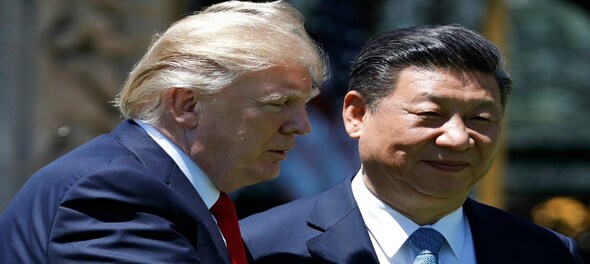
At stake was $419.2 billion trade deficit for the US in 2018. This was an eye-popping figure that Trump’s machiavellian outlook refused to de-recognise. The 2015 Trump campaign, in many ways, seeded the thoughts of a strategic and commercial reset in the US thinking on its capitalist agenda. He promised to make the US great ‘again’. On election, he put everything up for renegotiation. That included the NAFTA, terms of engagement with Nato and trade with its largest partners. Predictably, Trump started the trade war with China. Trade war is part of a larger agenda of the US. The US influence, both military and trade, is on the wane in the far-east. The US believes it needs to reverse that and make sure their influence on far-east returns to its heady days. That would ensure a lasting Trump legacy and most importantly a 2020 re-election. The trade war started in 2018 with this backdrop.
After many rounds of negotiations, a rather ‘pale’ deal has been signed earlier this month. The deal does not clearly articulate who benefits but the US seems to have its nose in front for now. China has committed to buying an additional $200 billion worth of US goods and services by 2021 and is expected to ease some of the tariffs it has placed on US products. The deal, however, retains the bulk of the tariffs that the US has placed on $360 billion worth of Chinese goods, and it maintains the threat of additional punishment if China does not live up to the terms of the deal. The Chinese have been pushed to agree on higher imports from the US particularly farm, agricultural produce and energy. The first round of negotiations has served the optics for Trump’s 2020 campaign. The core issues and those that have long-term impact for both China and the US are stacked in the next round of negotiations which may not happen before the US elections this year.
It will not help Trump politically to force round two immediately. The hard and most important issues that will be at the heart of the next round of negotiations are forced technology transfer, cybersecurity issues, intellectual property rights (IPR) transfer issues and others. These issues have much bone and substance because they will play a very big role over the foreseeable future particularly when China has embarked on a massive AI adaptation.
Beginning of a global trade war
Some countries have benefited from the deal and the negotiations. An estimated $165 billion in trade got deflected to other countries. Vietnam seems to have gained a fair bit and so also Taiwan and Mexico. The UN found that Taiwan, Mexico and Vietnam saw US orders ramp up last year. Some of the global trade recalibrations and arrangements will continue even after the deal.
Knowing President Trump, it would be difficult to put a trade war with the EU beyond him. The first round experience with China will encourage him in that. Given his immediate affection for France, his administration may evaluate imposing tariffs on $2.4 billion of French products. This would be articulated as a retaliatory action on France to punish the country for its new tax on digital services. The US has indicated that France's tax, which affects large American technology firms, represents a barrier to trade. The EU will however retaliate aggressively.
This could well be the beginning of a global trade war. The second round of trade negotiations with China will be long drawn and could possibly go beyond the two years that the first round lasted. Europe and India will certainly be impacted. The WTO’s founding principles may require a revisit.
K. Shankar is the CEO of Feedback Business Consulting.
First Published: Feb 11, 2020 6:00 AM IST
Check out our in-depth Market Coverage, Business News & get real-time Stock Market Updates on CNBC-TV18. Also, Watch our channels CNBC-TV18, CNBC Awaaz and CNBC Bajar Live on-the-go!



